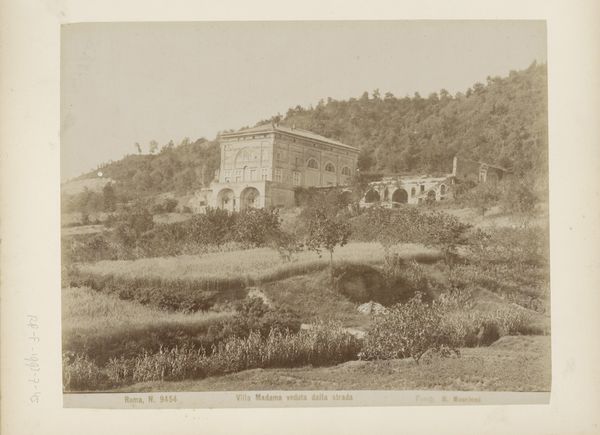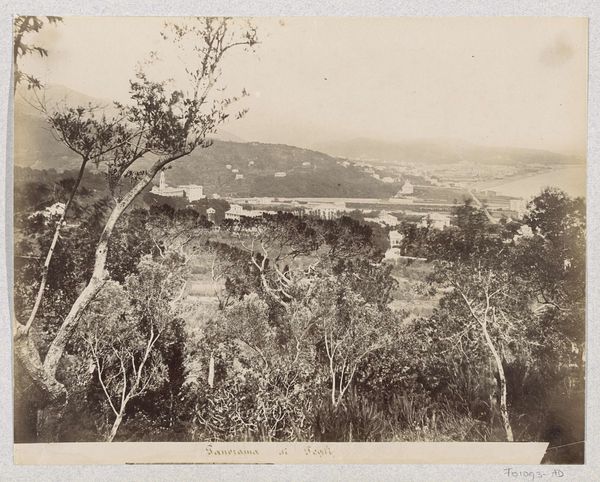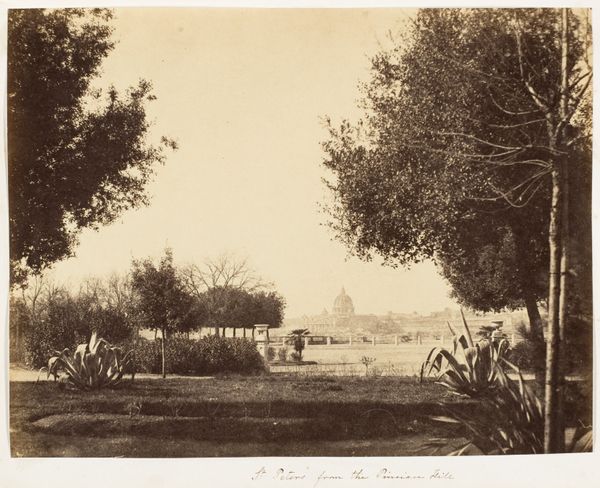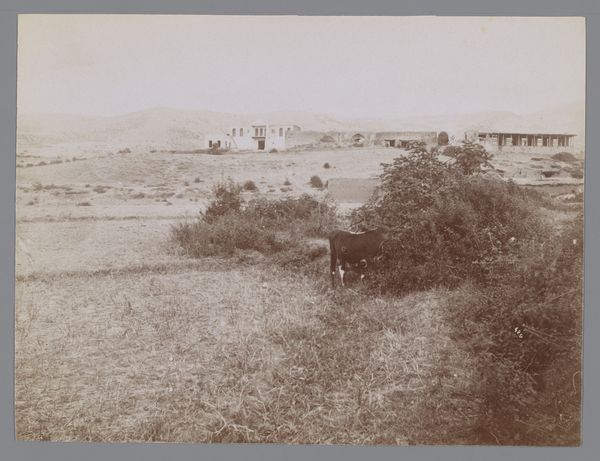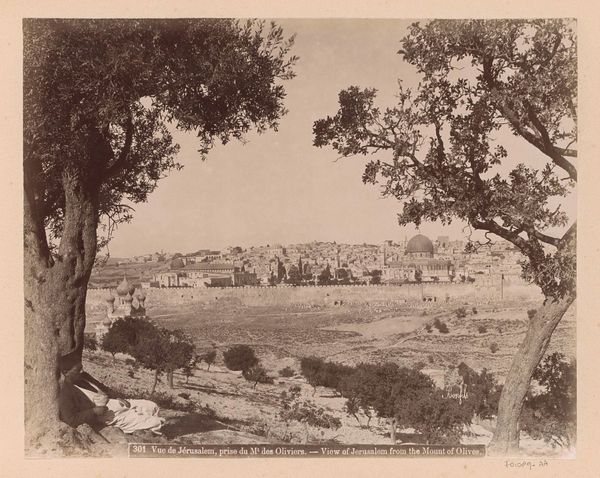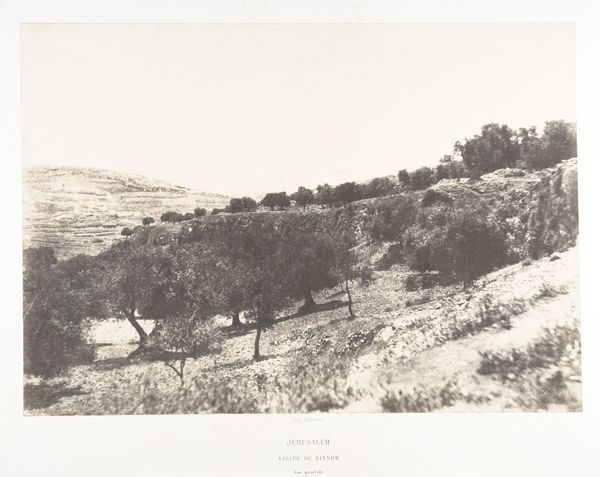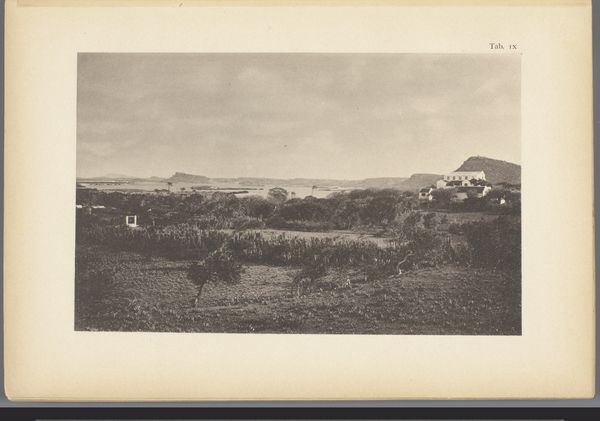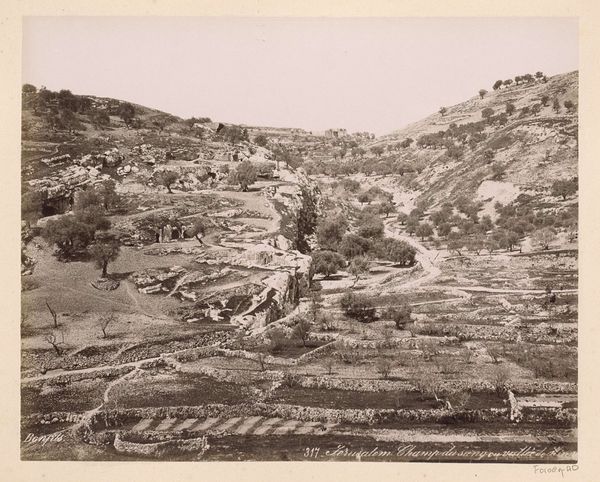
photography, gelatin-silver-print
#
pictorialism
#
landscape
#
street-photography
#
photography
#
gelatin-silver-print
Dimensions: height 197 mm, width 250 mm
Copyright: Rijks Museum: Open Domain
Editor: So, this photograph is titled “View of the Lake and Harbor Area of Tunis,” taken around 1880-1900, a gelatin-silver print. It's such a still, quiet scene. There’s a wall or maybe part of a building in the midground, with the lake hazy in the distance. What strikes you about it? Curator: I see a document of power and place. Late 19th-century Tunis was under French Protectorate. Photography like this wasn’t just about capturing a landscape; it was about staking a claim, visually and culturally. This ‘peaceful’ scene idealizes the colonial presence, suppressing the social and political realities of the time. What is left out of this frame that could have been included? Editor: I didn't consider that perspective at all. The scene appears so devoid of people, focusing on the natural or architectural elements, I perceived a lack of perspective, and find myself making my own. Are you saying that’s intentional? Curator: Absolutely. The framing is very deliberate. Think about who this image was for. Likely it circulated among Europeans, reinforcing a romanticized image of North Africa as a place ready for 'civilizing.' It downplays the impact of colonialism, obscuring any signs of local agency or resistance. Editor: So, the absence of visible struggle becomes part of the message itself. How insidious. Curator: Exactly. It’s crucial to analyze not just what’s depicted but also what is consciously omitted and consider who controlled the means of photographic production and dissemination at the time. What is considered "beautiful" is always a loaded statement. Editor: This really shifts my understanding. It's not just a pretty landscape; it’s a statement, or rather, a carefully constructed narrative. It's prompted me to rethink how I interpret photographs from this era. Thank you for highlighting that the power dynamic is the point.
Comments
No comments
Be the first to comment and join the conversation on the ultimate creative platform.
